Eye-hand coordination is a fundamental skill in early childhood development, influencing various aspects of a child’s physical and cognitive abilities. This article explores the significance of honing this skill, how it evolves, and its long-term impact on a child’s overall growth.
Developing various motor skills is a crucial foundation for a child’s overall growth and learning in childhood. Among these skills, hand-eye coordination holds a special significance. This ability to synchronize visual input with precise hand movements is significant in daily activities, from grasping objects to writing, drawing, and participating in sports. Eye-hand coordination supports physical agility and lays the groundwork for cognitive and academic achievements. This guide will explore the importance of eye-hand coordination in early childhood. We will provide insights into its developmental milestones and offer activities to enhance this skill. Additionally, we’ll discuss the lasting impact it can have on a child’s learning journey.
1. Understanding Eye-Hand Coordination In Early Childhood
a. Defining Eye-Hand Coordination
Eye-hand coordination involves the seamless collaboration between vision and hand movement. It is the ability to use visual information to guide hand movements accurately. This skill is foundational in early childhood for tasks ranging from grabbing objects to activities like writing.
Also read: Week 17 Of Pregnancy: Coordination And Muscle Development
b. Developmental Stages of Eye-Hand Coordination
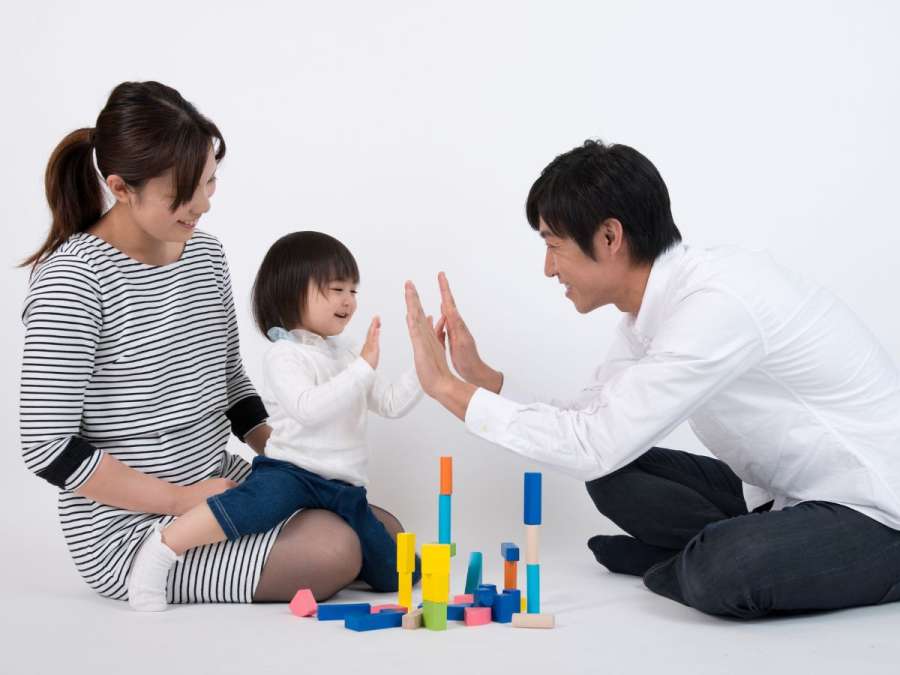
Eye-hand coordination undergoes distinct developmental stages. Infants initially engage in simple hand-eye movements, progressing to more refined skills like grasping and stacking objects. Toddlers enhance their abilities through activities like drawing, while preschoolers develop precision in tasks requiring detailed hand-eye synchronization.
2. Motor Skills Development: The Building Blocks
a. Fine and Gross Motor Skills Integration
Eye-hand coordination serves as a bridge between fine and gross motor skills. Fine motor skills, such as picking up small objects, and gross motor skills, like throwing a ball, rely on efficient eye-hand coordination. This integration lays the foundation for later activities, from tying shoelaces to participating in organized sports.
Also read: Enhancing Baby’s Fine Motor Skills
b. Spatial Awareness and Movement Control
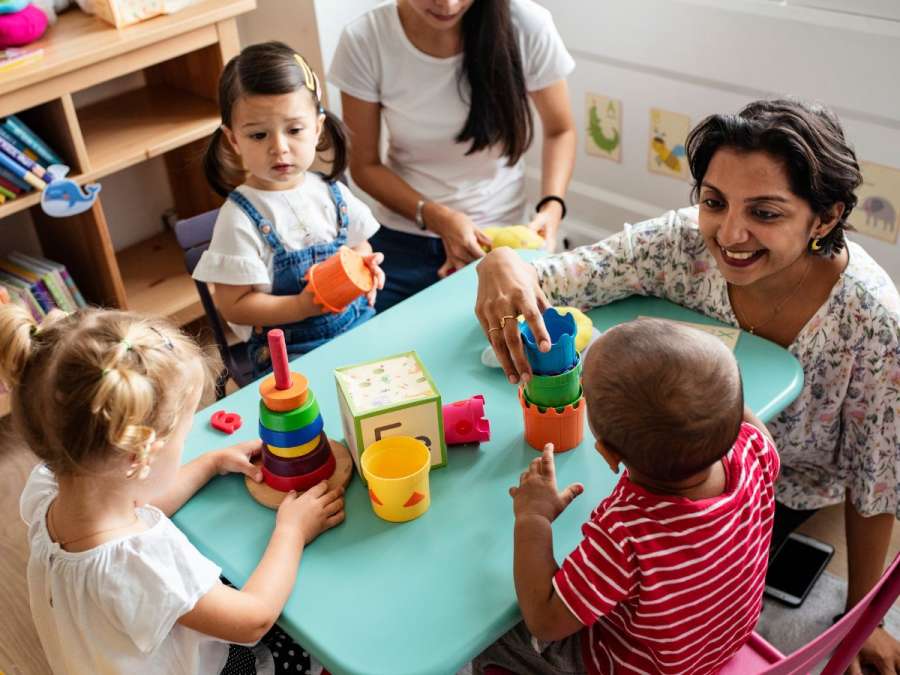
Developing eye-hand coordination enhances spatial awareness and movement control. Children learn to judge distances, understand spatial relationships, and coordinate their hands accordingly. This spatial awareness is crucial for catching a ball, navigating a space, and participating in interactive play with peers.
3. Cognitive Development and Academic Readiness
a. Mental Benefits of Eye-Hand Coordination
The cognitive benefits of strong eye-hand coordination extend beyond physical tasks. Children with well-developed eye-hand coordination often exhibit enhanced cognitive skills, including improved attention, visual processing, and problem-solving abilities. These benefits contribute to academic readiness and success in the classroom.
b. Pre-Writing Skills and Academic Achievement
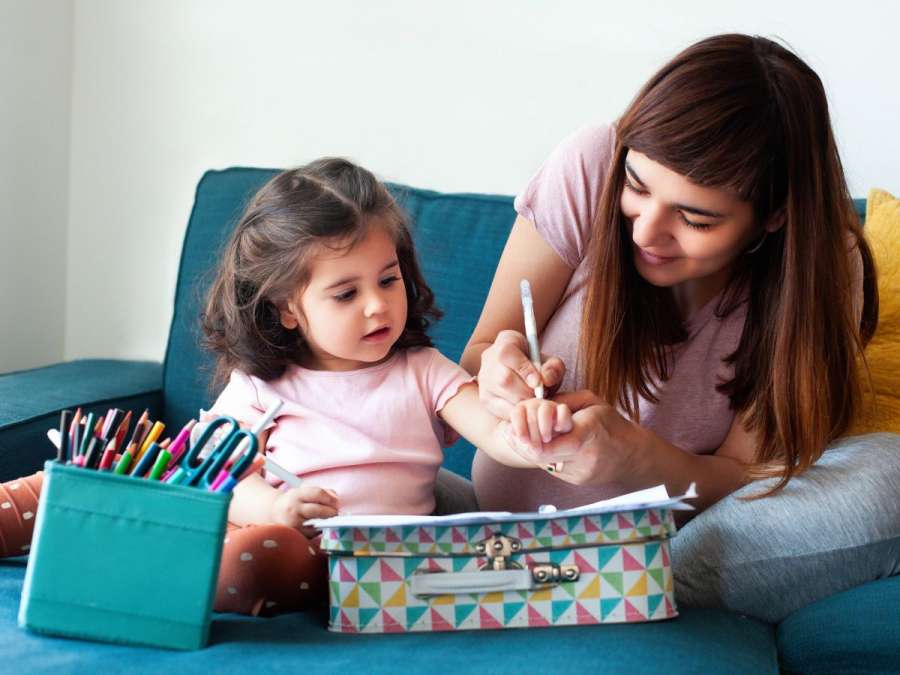
Eye-hand coordination is significant in pre-writing skills, such as holding a pencil and controlling hand movements. These skills lay the groundwork for later academic achievements, as proficient writing is key to effective communication and academic performance. A child’s ability to translate thoughts onto paper is tied to their eye-hand coordination development.
Also read: Artful Growth: Fine-Tuning Motor Skills In Children
4. Social Interaction and Emotional Well-being
a. Participation in Group Activities
Effective eye-hand coordination facilitates active participation in group activities. Whether playing catch or collaborating on a project, children with well-developed eye-hand coordination find it easier to engage in social interactions. This participation builds a sense of belonging, teamwork, and positive peer relationships.
Also read: Building Healthy Peer Relationships In Early Childhood
b. Boosting Self-Confidence

Mastering eye-hand coordination tasks contributes to a child’s sense of self-confidence. The ability to complete physical activities, such as building a tower or catching a ball, instils a sense of accomplishment. This confidence extends beyond the physical world, positively influencing a child’s approach to various challenges.
5. Screen Time and Technological Impact
a. Screen Time Challenges
The rise of technology has introduced new challenges to eye-hand coordination development. Excessive screen time, especially with passive activities like watching videos, may hinder the development of active eye-hand coordination skills. Balancing screen exposure with hands-on activities is essential for a well-rounded developmental experience.
b. Interactive and Educational Technology
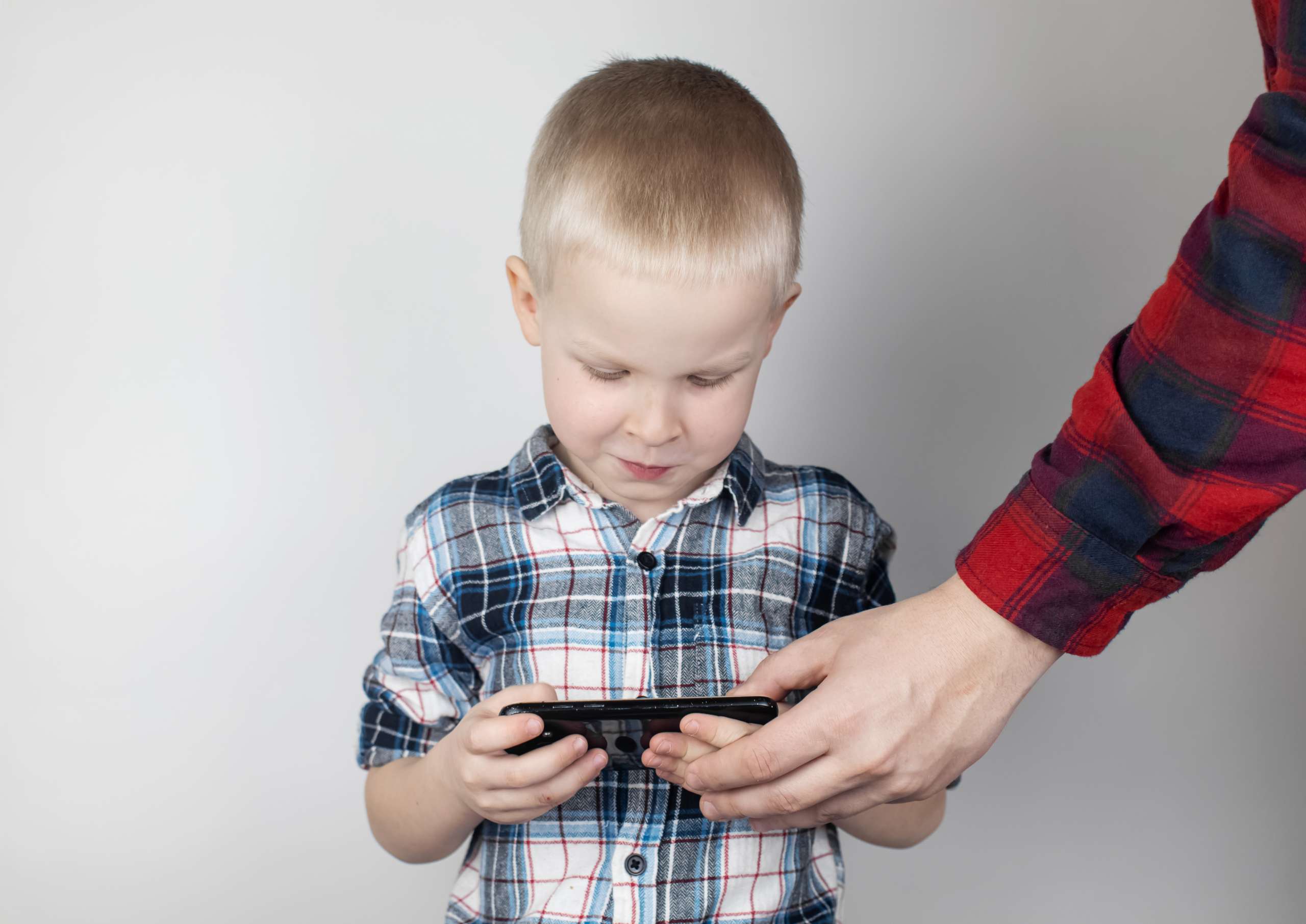
While screen time poses challenges, interactive and educational technology can strategically enhance eye-hand coordination. Apps and games that promote active engagement, problem-solving, and physical interaction contribute positively to a child’s eye-hand coordination development.
6. Nurturing Eye-Hand Coordination In Early Childhood: Practical Strategies
a. Incorporating Play-Based Learning
Play-based learning is a powerful tool for nurturing eye-hand coordination. Activities like building with blocks, threading beads, and drawing strengthen physical coordination and encourage creativity and imagination. These activities make learning enjoyable and effective.
b. Outdoor Play and Exploration
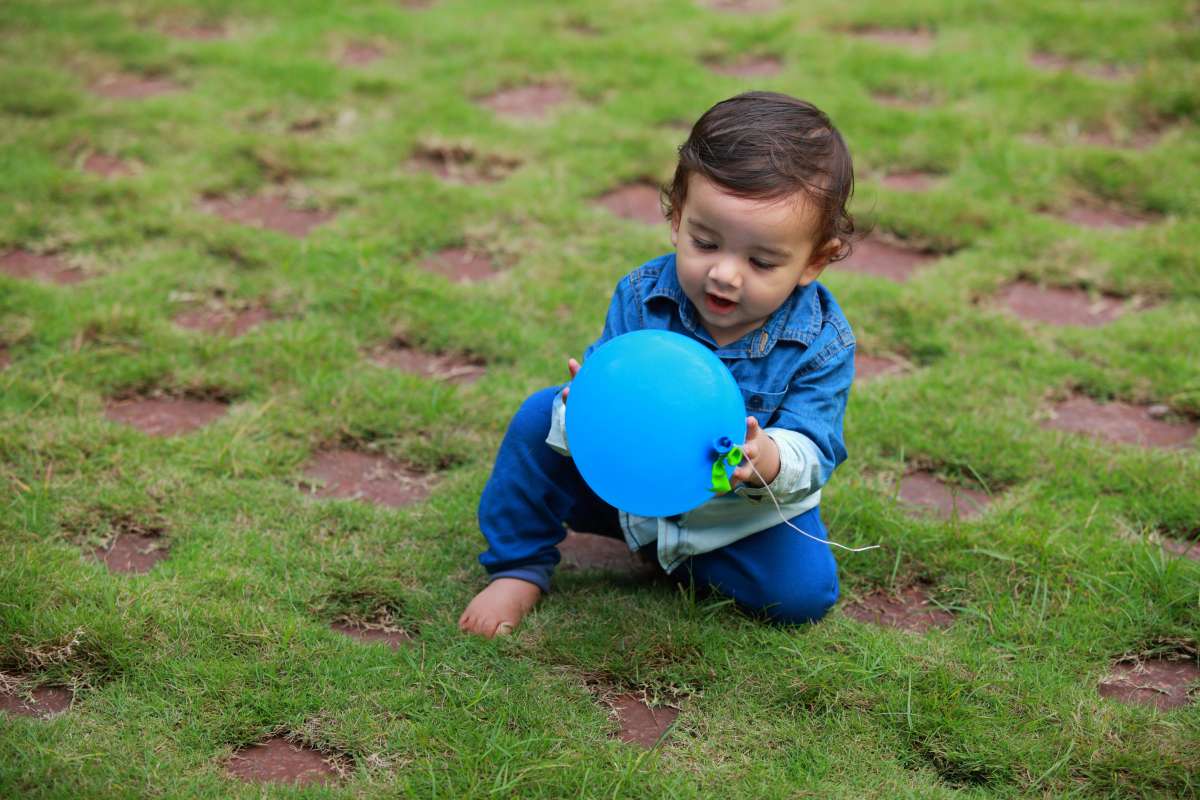
Outdoor play provides an ideal environment for building eye-hand coordination. Activities such as throwing and catching balls, climbing structures, and playing with nature-based materials enhance coordination skills in a dynamic and multisensory setting. Outdoor exploration contributes to overall physical development and well-being.
7. Parental Guidance and Supportive Environments
a. Encouraging Fine Motor Activities at Home
Parents play a crucial role in supporting eye-hand coordination development. Encouraging fine motor activities at home, such as colouring, cutting, and crafting, provides opportunities for consistent practice. These activities can be enjoyable bonding experiences that simultaneously enhance coordination skills.
b. Creating a Stimulating Home Environment

A stimulating home environment with various toys, games, and art supplies encourages a child’s natural curiosity and exploration. The diversity found in play materials supports the development of various aspects of eye-hand coordination. This ensures a well-rounded approach to enhancing skills in this area.
8. Professional Intervention and Early Intervention Programs
a. Recognizing Signs of Delay
Parents should be aware of signs of eye-hand coordination delays, such as persistent difficulty with basic tasks like holding utensils or pre-writing skills. Early recognition allows for timely intervention and support.
b. Seeking Professional Guidance

If concerns arise, seeking professional guidance is essential. Occupational therapists assess and develop fine motor skills, including eye-hand coordination. Early intervention programs can provide tailored strategies to address specific developmental needs, ensuring children receive the support required for optimal growth.
The importance of eye-hand coordination in early childhood extends far beyond the physical act of coordinating vision and hand movements. It is a linchpin for cognitive development, social interaction, and emotional well-being. Recognizing its significance and implementing strategies are crucial steps in cultivating an approach to early childhood development. Building supportive environments further enhances this process, laying the groundwork for future success.
